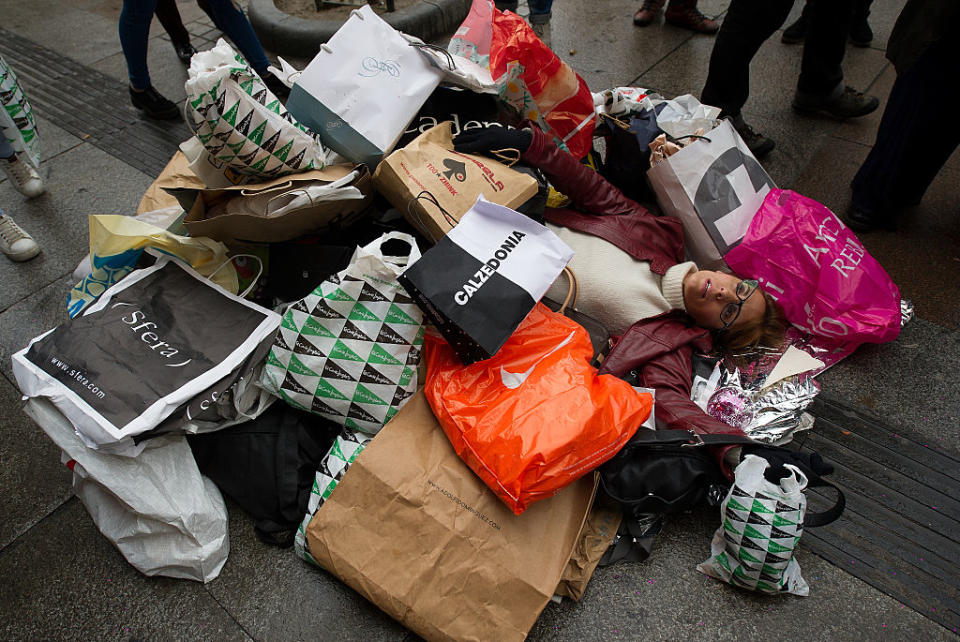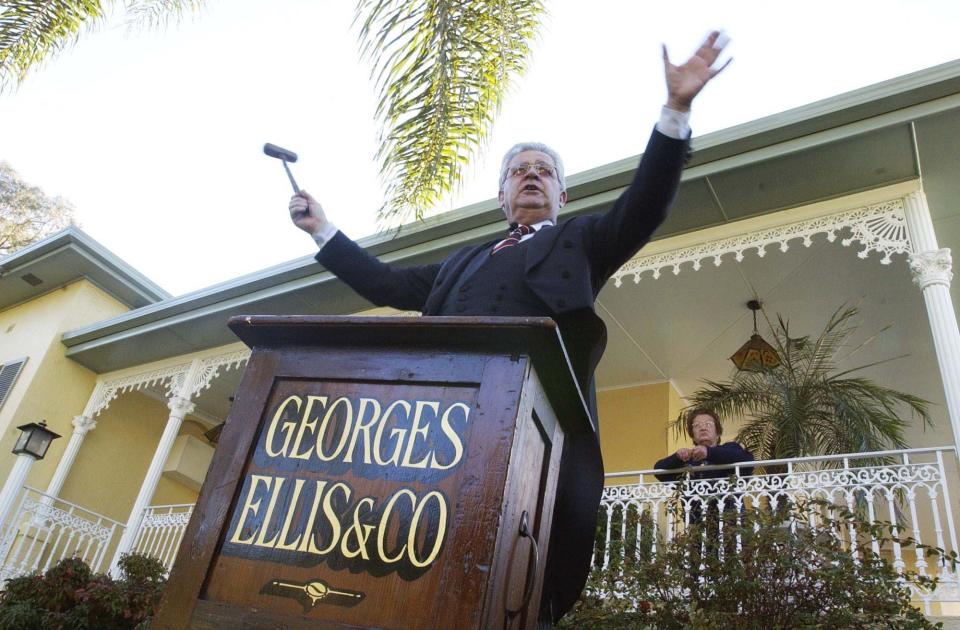Is the consumer coming back?

Columnist Stephen Koukoulas will be appearing at the Yahoo Finance All Markets Summit on September 26. Join us for this groundbreaking event.
With consumers having been in the doldrums for a few years, there are a few snippets of news that suggest household spending growth has reached a bottom and we could be in the early stages of a moderate recovery.
Consumer spending has in recent years been held lower from an uncomfortable mix of low wages growth, weaker credit as the result of record consumer debt, and a fall in the household savings ratio.
But there are signs that things are starting to improve.
Also read: Hold on to your hats – the economy is starting to improve
Also read: Did the RBA's monetary policy put our economy at risk?
Also read: Just how weak is the strong economy?
The Roy Morgan ANZ measure of consumer sentiment remains strong and is well above the average of the past 5 years.
When consumers are optimistic, it indicates their financial circumstances are generally sound and they are prepared to ramp up their spending when the time is right.
This positive tone is showing up in the hard data on retail sales, which rose a solid 0.4 per cent in June. This was the strongest monthly rise in retail sales since February and was the third strongest monthly gain in the past year.
It was good news.
It should be emphasised that this better retail result is even more impressive as it predates the impact of income tax cuts and reductions in interest rates – both of which will be positive for consumer cash flows when they are locked into monthly pay packets and lower mortgage repayments.
Retailers are more confident
Perhaps most impressively, retailers themselves are, for the first time in several years, quietly confident about the outlook.
According to the Illion Australian Business Expectations survey, retailer’s expectations for sales, profits, employment and capital expenditure rose strongly in the September quarter.
If these positive expectations come to fruition over coming months, it would signal the strongest performance from retailers for more than three years.
As noted, income tax cuts have started to flow into consumer bank accounts in recent weeks. While wages growth is picking up very slowly, take home pay will get a boost from the lower tax scales which took effect in July.
The Reserve Bank of Australia cut official interest rates in both June and July, with the vast bulk of the reductions passed on to mortgage holders.
Monthly mortgage repayments are starting to fall and for those who choose to reduce their repayments, there is a boost to disposable incomes, some of which will find its way into additional spending.
It should be noted, that while lower interest rates deliver benefits to mortgage holders, there is an offset, at least to some extent, in the loss of income for savers – predominantly retirees.
Those with savings nest eggs are now struggling to get even 1.75 per cent interest on their term deposits and other savings which lowers their cash flow and spending power.
House prices will impact retail
Another positive factor for the retail sector, which still has some way to play out, is the early evidence of a turn in house prices. RBA research shows that changes in house prices have a material impact on growth in household spending.
When house prices – and wealth – are falling, consumer spending growth is weaker than it would otherwise be. This scenario has been in play over the past two years and is not surprising.

As house prices rise, which they are poised to do over the remainder of 2019 and into 2020, the rise in wealth is likely to engender a rise in confidence, wealth and in time, spending.
When the housing market last boomed, the cities and states with the strongest house price gains also had the strongest growth in retail spending.
While it is early days, there are a range of factors pointing to better conditions for retailers over the next few months.
If this is a turning point for the retail sector, bottom line GDP growth will get a welcome boost and some of the gloom currently dominating financial markets will fade.

 Yahoo Finance
Yahoo Finance 
